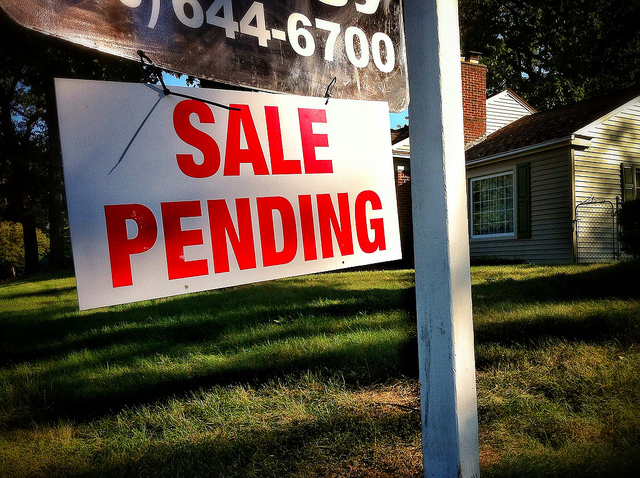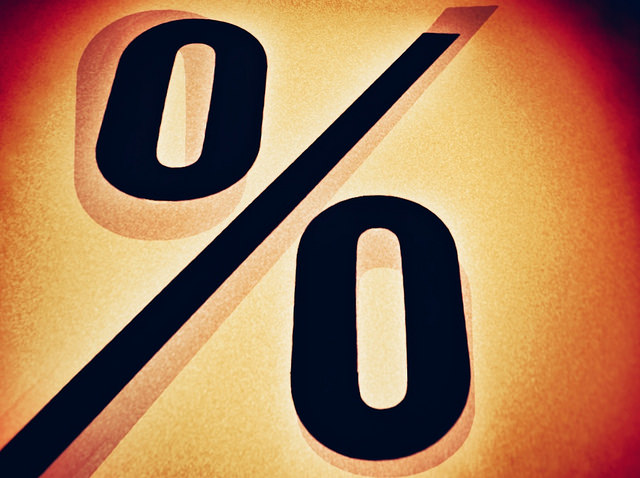The National Association of Realtors’ Pending Home Sales Index measures the number of contracts to buy homes that are signed each month. Because signed contracts proceed closings by several weeks, the index is an important housing-market indicator, as it can be a good predictor of future home sales. In December, contract signings fell from the month before but remain nearly 5 percent higher than they were one year earlier. Lawrence Yun, NAR’s chief economist, says low mortgage rates and a strong job market are helping drive interest in homeownership, though challenges remain. “Due to the shortage of affordable homes, home sales growth will only rise by around 3 percent,” Yun predicts. “Still, national median home price growth is in no danger of falling due to inventory shortages and will rise by 4 percent. The new home construction market also looks brighter, with housing starts and new home sales set to rise 6 percent and 10 percent respectively.” In other words, conditions are favorable for home buyers but a lot depends on whether or not new residential construction can keep up with the high level of demand.













